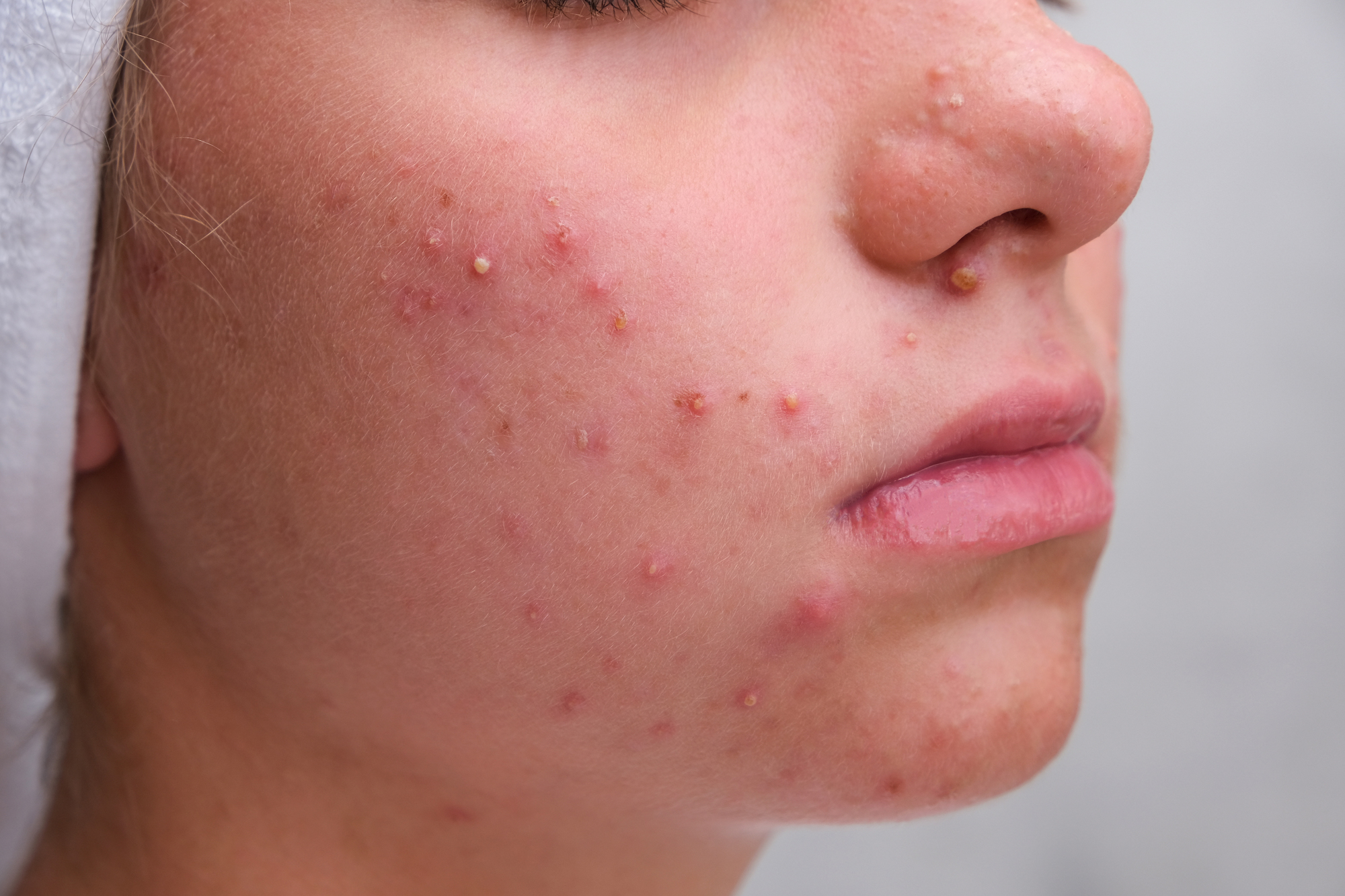Propolis: a natural remedy for acne
Propolis is a substance produced by bees from resins harvested from plants in the vicinity of their apiaries. This substance has antibacterial properties, protecting the colony from germs and disease. But did you know that propolis can also be used to treat acne? This has just been demonstrated by Jean-Michel Brunel’s team in Marseille, thanks to a study carried out on propolis harvested in Rwanda.
How does propolis combat acne?
Researchers have identified and characterized the active molecules in propolis that have an antibacterial action on the bacteria responsible for acne, C. acnes. Specifically, these are a phenolic derivative, 2,4-Di-tert-butylphenol (2,4-DTBP), and a fatty acid, linoleic acid. The results of this study were confirmed by tests on a mouse model, as well as on a number of volunteer patients who were treated with a propolis-based cream. The cream reduced skin inflammation and cleared pimples in just a few days.
Towards new acne treatments
This discovery opens up new prospects for the treatment of acne, a dermatological disease that affects around 80% of teenagers and can persist into adulthood. At present, the treatments available for acne are mainly antibiotics, but their prolonged use often leads to the emergence of resistance. The active molecules in propolis could therefore be used to develop innovative antibacterial treatments. However, human clinical trials are still needed to ensure the efficacy and safety of these treatments.
Source
Jean-Michel Brunel is a researcher at the Membranes and Therapeutic Targets Unit (Inserm/Aix-Marseille Université/Institut de recherche biomédicale des armées Unit 1261) in Marseille.
F. Rouvier et al. Identification of 2,4-Di-tert-Butylphenol as Antimicrobial Agent Against Cutibacterium acnes Bacteria from Rwandan Propolis. Antibiotics , November 13, 2024; DOI:10.3390/antibiotics13111080 and F. Rouvier et al. Linoleic Fatty Acid from Rwandan Propolis: A Potential Antimicrobial Agent Against Cutibacterium acnes. Curr Issues Mol Biol February 27, 2025; DOI:10.3390/cimb47030162
This article has been adapted from content published by Inserm. Find the source article and all references on the Inserm website.

